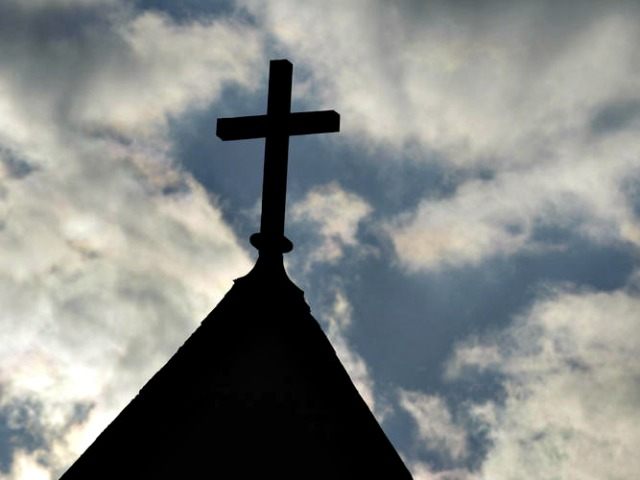Hundreds of historic churches across the country face closure because dwindling congregations mean that the repair costs can no longer be met. Although day to day costs are still being covered, repair bills for historic churches, which can run into the hundreds of thousands of pounds, are insurmountable for small parish congregations.
Christianity is experiencing a dramatic wane in Britain, with 1.7 million fewer Brits self-identifying as Church of England or Anglican in the last two years alone. Research by the Pew Group suggests that Christians will officially be a minority group in the UK by 2050; although the British Social Attitudes Survey suggests that it already is, with just 41.7 per cent of Brits self-defining as Christian, against 50.1 per cent who say they have no religion.
As congregations trickle away, many churches have been given over to other uses. At least 500 churches in London alone have been turned into luxury apartments over the last five years, according to figures from the Royal Institute of Chartered Surveyors.
Other are simply being left to crumble: Historic England now has 887 places of worship on its At Risk register, the Express has reported.
According to Diana Evans, Head of Places of Worship Advice for Historic England, 62 per cent of those have problems with roofs and rainwater. Decaying masonry and rusting metal are also culprits.
St Wulfram’s, in Grantham, which is said to have made the Victorian art critic John Ruskin “swoon” has recently undergone repair work to restore eroded stone within its 282ft high 14th Century spire, at a cost of half a million pounds.
“These repair projects are costly and challenging because the policy is to replace like for like and that involves particular products and very skilled craftsmanship,” said Evans
“Congregations have done a fantastic job keeping buildings going day-to-day but something like subsidence or dealing with wear and tear on a spire which is hundreds of years old is a massive crisis.
“Churches are extraordinarily important because they represent the culture of a community over generations and are very much part of family memory.They are at the heart of a community and part of people’s feelings of belonging.”
Her comments were echoed by Eddie Tulasiewicz, of the National Churches Trust, which has helped preserve 17 spires over the last three years at a cost of more than £370,000. “We should care because churches, because they are our history,” he said
“A lot of them are living museums, centuries old, and you can learn so much about what was happening in those times from churches.
“These are iconic buildings but they are also a vital part of the community. If you look at rural areas, the pub and post office have closed, the village store is long gone, so churches take on a huge significance.”
Over the last decade the Heritage Lottery Fund has distributed grants of more than £527 million to in excess of 4,000 projects supporting churches and chapels, while the government has just handed out £15 million from its Roof Repair Funds towards the upkeep of church roofs.
But with 14,775 Church of England churches requiring a multi-million pound annual maintenance bill, more needs to be done.
Consequently, the National Church’s Trust has just launched the Save our Spires campaign to rescue 40 of the most at risk steeples. They are attempting to raise £250,000 to fund repair costs, through appeals and a photography competition.

COMMENTS
Please let us know if you're having issues with commenting.